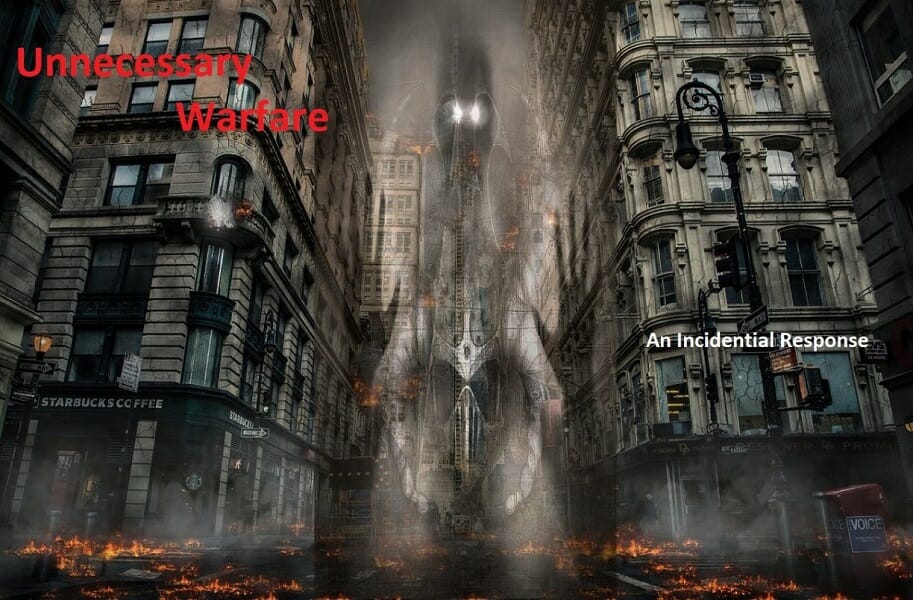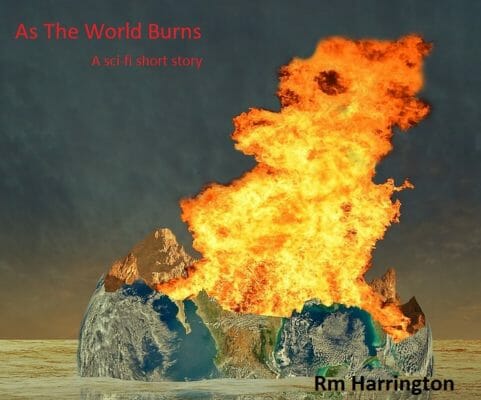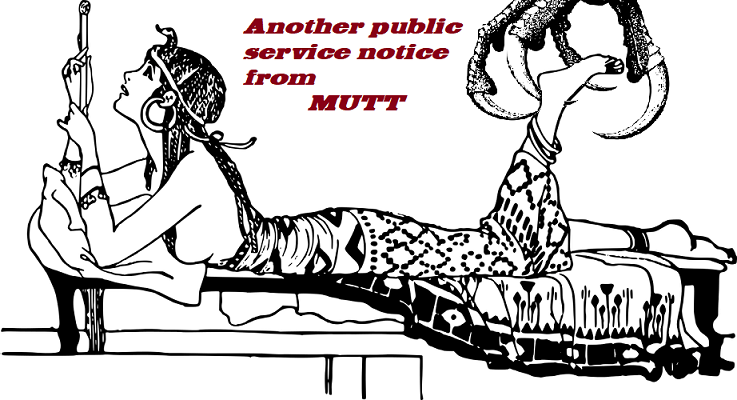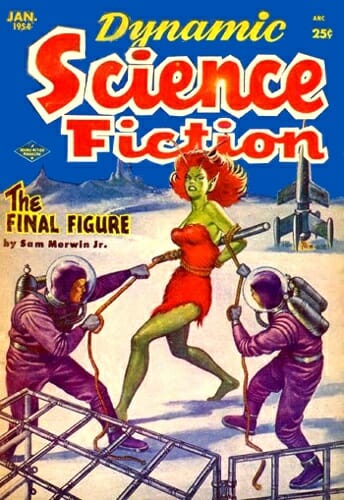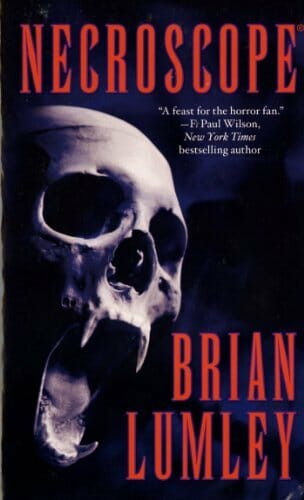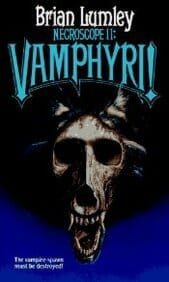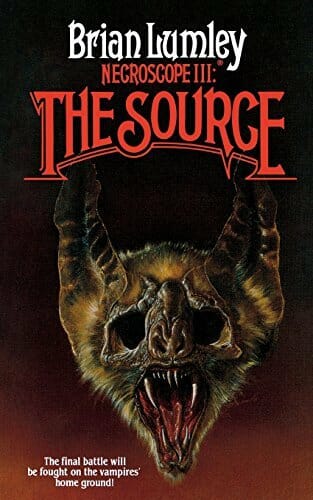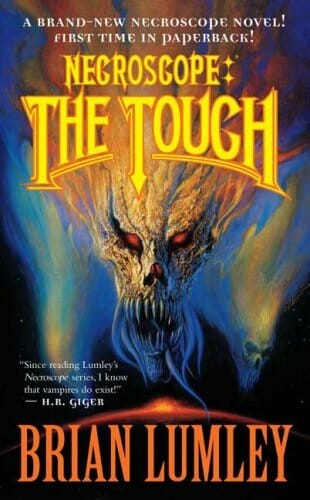Fantasy Creatures or Science Fiction Creatures, Defining Creature Distinctions
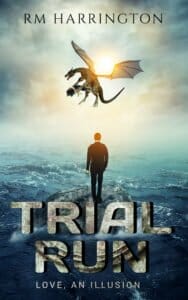 Concepts Behind The Crafting of Fantasy Creatures
Concepts Behind The Crafting of Fantasy Creatures
Fantasy creatures typically represent imaginary organisms with at least some characteristics that fall outside the realm of possibility and reality. We most often find them in stories, novels and films that present a plot-line wherein readers and viewers may catch hold to the concept of something beyond the extreme standards of known experience. Fantasy writing takes in the possibilities of fantastic life forms that only exist within the imagination of the writer, producer or director.
Spiritual entities, magical creatures and all the odd beasts that prowl in between the shadows of present day reality tend to shed light on the concept that humans are just one out of numerous and incredible beings that visit and/or live in this world and other worlds as well. Even if fantasy creatures do exist, we lack concrete evidence to that effect. Yet by nature, mankind seems prone to accept the existence of Angels, Demons, Dragons, Were-beings and all the characters at the in-between. It is this human ability to believe even without evidence that opens doorways into the broadest and brightest regions of the human imagination while also opening pathways into the deepest and darkest pits of wickedness within our souls.
Once having introduced a fantasy creature, the author is under no restrictions, no limits of adaptation and no specifications of logical patterns and behaviors. Basically, in fantasy writing, all possibilities of thought remain open at all times and in all places. The story can take any direction the author chooses to follow.
Creatures of Science Fiction, A Different Sort Of Focus
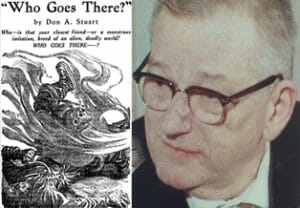
- When visualizing the characteristics of a science fiction creature, we often think along the lines of:
- The extraterrestrial humanoids such as those so sometimes encountered in the original StarTrek television series
- The giant bugs presented in John Steaky’s “Armor”
- The carrot monster played by James Arness in the 1951 film themed after the 1938 novella “Who Goes There?” by John W. Campbell.
But no matter the given nature of the revealed science fiction organism, we always expect that the story will follow a certain measure of practical possibilities. From humanoids to fungi to elemental beings and more, theological science fiction creatures represent a world view wherein the universe is greater and broader than the vision evidenced via human experience.
When sci-fi writers and authors craft tales that include alien or even mythical beings, they do so with a sense of giving plausibility to the existence of other creatures, sometimes strange and sometimes humanoid. In many cases, they may actually use real creatures in the likes of birds, land critters or water creatures, but with a twist in behavior, intelligence and/or emotional responses. Sometimes science fiction authors present creatures that seem normal until a reveal occurs, a reveal wherein the creature may behave differently than expected or perceived by the readers and viewers. Yet such reveals never dispel the logic and suspension of disbelief within the framework of the story..
When crafting a sci-fi creature, the rules are not so flexible as are the standards acceptable within a fantasy world. Logic cannot be cast into the wind. Imagination cannot be given complete freedom to go anywhere it seeks to end up. When crafting science fiction creatures, two points should always hold true:
1) In science fiction, the fantastic agrees with an acceptable and expected premise. This means that when first introduced to the creature, we as readers or viewers are expected to suspend disbelief for the duration of the story or movie.
2) Upon introduction of this unbelievable creature or creatures, the author must then craft a believable story. In other words, we suspend our disbelief in the hopes and the faith that the writer will not take advantage of that show of trust. One suspension of disbelief must not build upon a previous suspension of disbelief. Even if the science fiction creature comes across as a fantasy creature, think werewolfs, vampires and even super heroes, from the point of introduction until the end of the story this imagined creature must respond and behave in line with a reasonable and logical pattern.
Distinctions, Science Fiction Creatures and Fantasy Creatures
Differentiating between fantasy creatures and sci-fi creatures can be complex. Yet the distinctions can be critical. Not only as a point of knowledge but also as a separation between works of arts. Knowing what you are reading or viewing defines how you interpret the character of the creatures within a book, short story or movie.
[amazon_link asins=’1491486708,1440310831,1440308357,1909414484′ template=’ProductGrid’ store=’rmharrington-20′ marketplace=’US’ link_id=’d52cd38a-24c2-11e8-989b-17625dac7c29′]
Such distinction resolves the following basic concerns:
- Science fiction creatures often reflect technology, biology or some other branch of existing scientific study. As such, science fiction writing makes use of creatures that are not beyond the conceivable realm of one or more scientific theories of possibility.
- Fantasy creatures tend to leap headfirst into the realms of the supernatural, the magical or some other concept that lingers outside the scope of scientific reality. This is not to say that both the supernatural and the magical are impossible concepts. Thinking in such a manner would be to claim all knowledge in every possible range of science, even those not yet discovered. Furthermore, the common practice of modern day magic is often founded in the science of illusion which easily brings magic into the list of known sciences. However, some points of magic as used in short stories, novels and movies cannot be linked to any provable sense of modern science.
- Fantasy is an older genre of literature than science fiction. If we scan the past telling of human stories concerning civilizations, ancient Greek myths and other such activities and places, we find stories of gods, magical beings and monsters as a common theme.
- Science fiction is relatively recent genre of the last century or so with origins that reach back but a few hundred years if that.
- Both scientific fiction stories and fantasy stories are governed by certain laws of writing and storytelling. Yet sci-fi tales must adhere to the base restrictions common to the science that drives the premise. On the other hand, even when dealing with popular and well defined fantasy creatures, all rules are defined by the author. Thus comes a tale of vampires who are not affected by sunlight, were-wolfs that turn by willpower rather than moon-power, and all other variations of creature features.
Imaginary Science Fiction Creatures – Presented In A More Believable Sense Of Reality
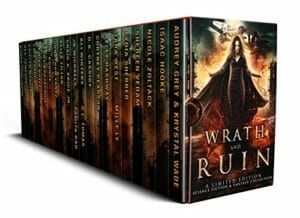 The use of imaginary science fiction creatures has served to help humans broaden our knowledge of the universe. In viewing sci-fi movies or reading sci-fi books that feature settings on other planets wherein abide strange and distinctive creatures, we learn to expand our concept of life and values. Is that a good thing or a bad thing. Opinions differ. Yet I think maybe we are not intended to live in this world with closed minds and disposable possibilities.
The use of imaginary science fiction creatures has served to help humans broaden our knowledge of the universe. In viewing sci-fi movies or reading sci-fi books that feature settings on other planets wherein abide strange and distinctive creatures, we learn to expand our concept of life and values. Is that a good thing or a bad thing. Opinions differ. Yet I think maybe we are not intended to live in this world with closed minds and disposable possibilities.
Science fiction creatures multiply the opportunities for more sophisticated inventions and deeper research into uncharted regions of possibilities. Many young readers of science fiction end up devoting their life to science and technology. Other readers and viewers may seek out careers in space travel, deep sea exploration or some other form of reaching out into the vastness of unknown territories.
When introducing Imaginary creatures into your science fiction writings, remember the importance of presenting the beings or organisms with plausible characteristics, logical mental behavior patterns and believable emotional concepts, even if every aspect of those characteristics involve strange and unique variations from the expected norm. Open your reader’s imagination into a practical world of the impossible made possible. Create an alertness for reasonable abnormalities and strange happenings. Visit real aliens. Introduce powerful beings with unique personalities. Broaden the gap between the known and the unknown. Create strange and more useful animals that can perform specific functions or that present terrible new threats against this world and others.
Effects Of Science Fiction Creatures On Reality
The more we use our imagination, the broader expands our knowledge and the quest for more sophisticated inventions. Robots, spaceships and lasers are products of man’s quest for better adaptation and survival. Tales of science fiction creatures equipped with highly sophisticated technological body-armor and weapons kindle the flames of human invention. Stories of blobs and giant ants caution us to avoid rash forward experimentation.
Science fiction stories and even tales of great fantasy affect the world we live in today as well as yesterday and what is yet to come.
Remember: Science fiction writers work in the science of plausible possibilities. Fantasy writers work within the unlimited scope of human imagination. Both can be wonderfully entertaining.

